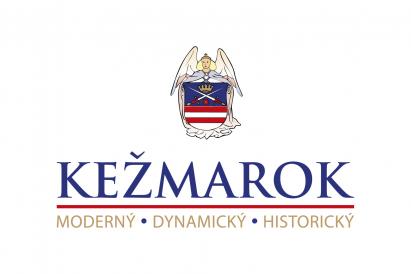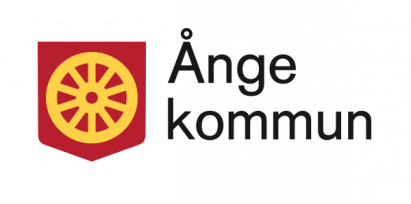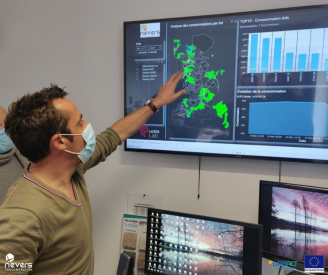01/09/2019 15/03/2022
Internet of Things as a policy instrument for the city change. It encourages the creation of a network of European partners committed to the design of digitalization plans based on Internet of Things (IoT) solutions to increase the quality of life in small and medium sized EU cities. URBACT methodology based on transnational cooperation between cities and engagement of local groups offer to our network of 9 cities the conditions to each develop an Integrated Action Plan that will guide us through a new age of digital transformation.
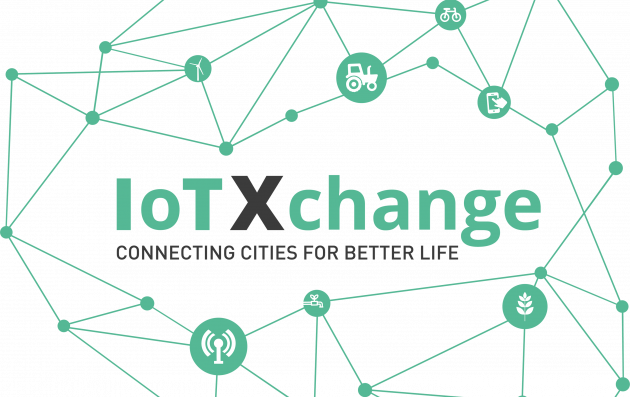
Summary
- Ånge - Sweden
- Dodoni - Greece
- Jelgava - Latvia
- Kežmarok - Slovakia
- Nevers - France
- Razlog - Bulgaria
- SALEG - Saxony-Anhalt
- ÅBO AKADEMI UNIVERSITY - Finland
Timeline
- 25 June, 2019 - IoTXchange Phase 1 APPROVED!
- 14–16 October, 2019 - Kick-Off Meeting, Fundão
- 27-28 January, 2020 – Phase 1 Final Meeting, Vaasa and Nykarleby
- 7 May, 2020 - IoTXchange Phase 2 APPROVED!
- 17 June, 2020 - Activation Meeting Phase 2 @ONLINE
- 12 October, 2020 - Transnational Meeting Nr. 1 Nevers @ONLINE
- 3-4 December, 2020 - Project Meeting, Åbo Akademy/Nykarleby @ONLINE
- 22-23 April, 2021 - Transnational Meeting Nr. 2 Ånge @ONLINE
- 8 June, 2021 - Touch Base Project Meeting @ONLINE
- 15-16 September, 2021 - Transnational Meeting Nr. 3 Jelgava Local Municipality @ONLINE
- 2-3 December, 2021 - Transnational Meeting Nr. 4 Kezmarok @ONLINE
- 17-19 February, 2021 - Transnational Meeting Nr. 5 Dodoni @ONLINE
- 27-29 April, 2022 - Transnational Meeting Nr. 6 Razlog
- 26-28 June, 2022 - Final Meeting, Fundão
Network Outputs
- See all the testimonials from URBACT Local Groups members here.
- Check out the IoTxChange platform here.
- See the YouTube Video "#2 Small Scale Action | Razlog, Bulgaria"
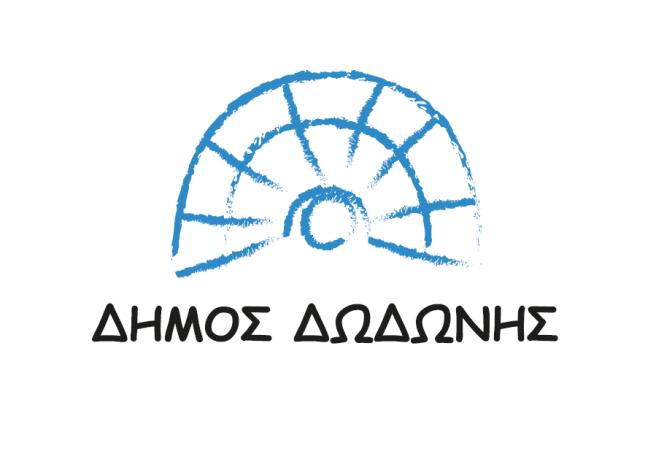
Integrated Action Plans
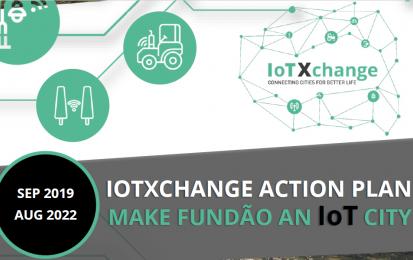
Make Fundão an IoT city
The municipality of Fundão is situated in the Centro Region of Portugal, belonging to the Beiras and Serra da Estrela sub-region and to Castelo Branco district, and occupies an area of approximately 700 Km², in which 23 parishes are distributed. Read more here!
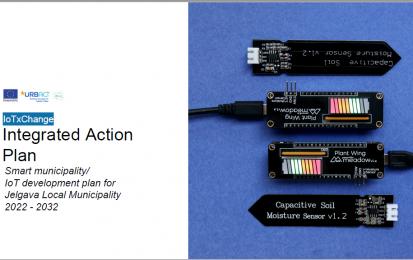
Smart municipality development plan for Jelgava
Jelgava Local Municipality sees value in nurturing technology research, testing and implementation in order to increase life quality for citizens and optimise public service operations. Read more here!
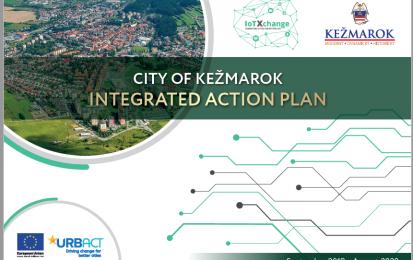
City of Kezmarok Integrated Action Plan
The town is located in the Podtatranská kotlina, in the northern part of the Popradská kotlina, in the valley of the river Poprad. To the west lie the High Tatras and the Kežmarok Uplands, to the east of Kežmarok the Levočské hills rise. Read more here!

Integrated Action Plan for the Municipality of Razlog
Razlog Municipality is located in southwestern Bulgaria. Its territory is defined by borders with Belitsa municipality, Rila municipality, municipality Blagoevgrad, Simitli municipality, Kresna municipality and Bansko municipality. Read more here!
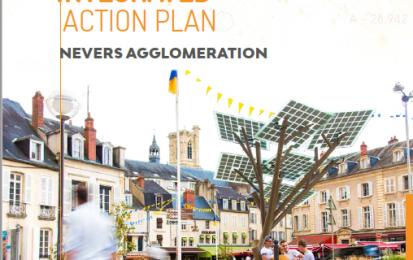
Integrated Action Plan from Nevers Agglomeration
A historically industrial territory, during the second part of the 20th century, Nevers Agglomeration’s economy revolved around big industrial companies (such as Philipps for example), who were then important employers. Read more here!
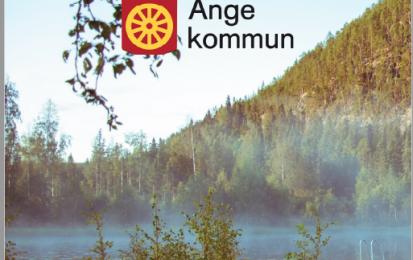
Improving life through connectivity in Ange
Ånge municipality is a rural area in center of Sweden. Ånge is a small municipality with about 9200 residents, despite being small, Ånge is futures oriented and holds many thriving communities. Read more here!
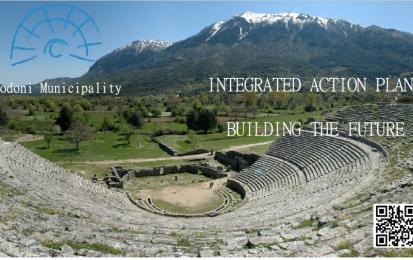
Building the future in Dodoni
Dodoni municipality is a Rural Area in the NorthWest of Epirus and in the western mainland of Greece. The municipality consists of 56 local communities covers a vast area of 658.880 acres, and with a population of 9.693 inhabitants thus it is sparsely populated. Read more here!
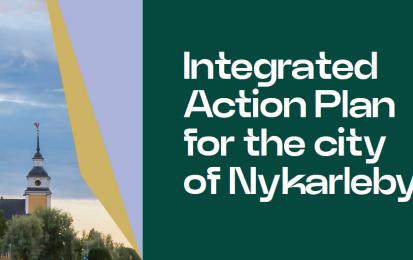
Integrated Action Plan for the city of Nykarleby
The city of Nykarleby needs to cope with the changes that are taking place in Finnish society. Especially for cities and municipalities in rural areas the age structure is challenging as younger people move to larger cities while the state subsidies for the municipal sector have decreased. Read more here!


